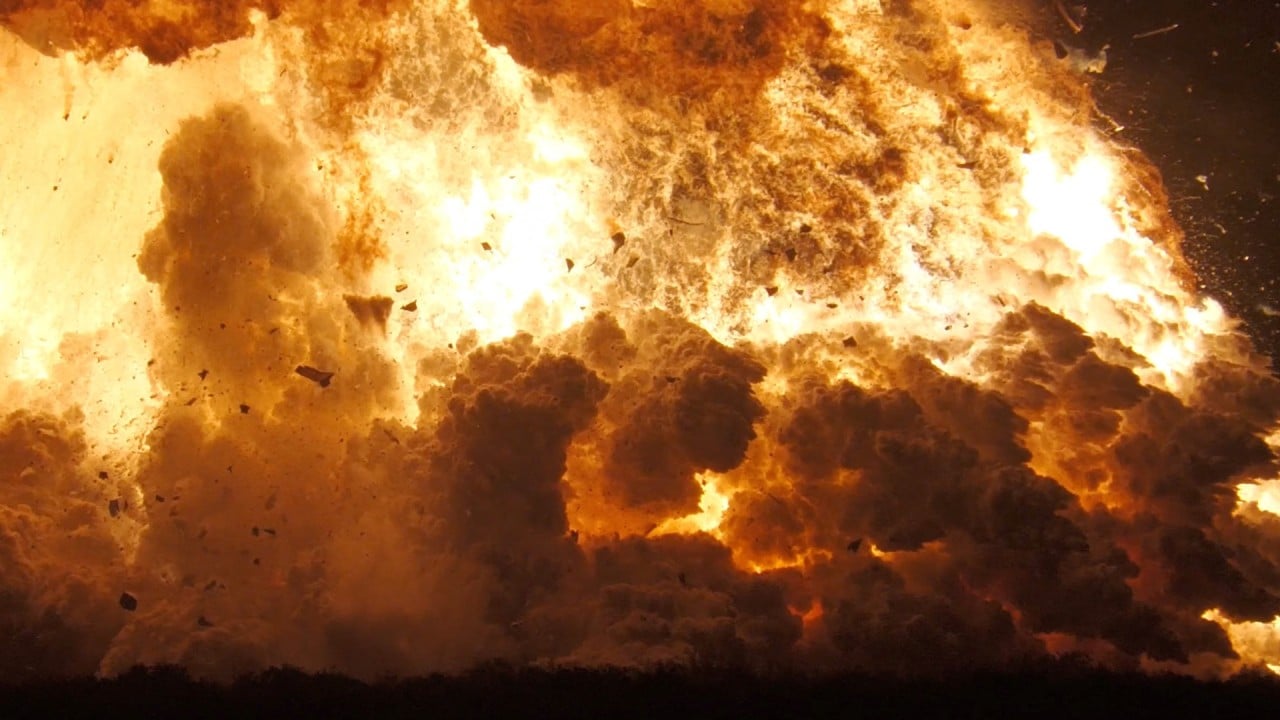US Earth imaging satellite fleet is creating ‘low-cost orbital landmines’, China team says | South China Morning Post
Key Concerns Regarding Planet Labs' Dove Satellites
A team of Chinese researchers expressed concerns about the growing number of defunct Planet Labs' Dove satellites, referring to them as 'low-cost orbital landmines'. Their analysis, using a self-developed tracking platform, revealed that over 80% of the 662 launched Dove satellites have deorbited by early July, raising concerns about uncontrolled re-entry and potential collisions with other spacecraft.
Data Discrepancies and Safety Issues
The researchers also noted that over 100 Dove satellites listed in public databases, including the US Space Force's tracking website, had 'incorrect or fabricated' identification codes, causing difficulties in tracking and monitoring their orbits. This lack of accurate data further exacerbates the space safety concerns.
Impact on Space Observation Industry
While acknowledging the Dove constellation's success in reshaping the commercial Earth observation industry with its cost-effective approach, the researchers emphasized that the uncontrolled re-entry of these satellites is turning valuable low Earth orbits into a hazardous environment.
A team of Chinese researchers has criticised the world’s largest Earth-imaging satellite fleet, describing the shoebox-sized spacecraft as “low-cost orbital landmines” that threaten the safety of space operations.
Using a self-developed tracking platform, software scientists at the Chinese Academy of Sciences analysed the Dove constellation – which has launched hundreds of CubeSats since 2013 to provide daily, medium-resolution imagery of the Earth’s surface – according to the team’s article posted on Chinese social media on July 21.
The Chinese team said the thruster-less satellites operated by San Francisco-based Planet Labs, posed a growing threat to space safety.
They found that by early July more than 80 per cent of the 662 Dove satellites had deorbited, raising concerns about uncontrolled re-entry and potential collisions. They also noted that more than 100 Doves listed in public databases, including the US Space Force’s tracking website, were assigned “incorrect or fabricated” identification codes and lacked orbital data.

01:19
SpaceX Starship explodes during routine pre-launch ground test
SpaceX Starship explodes during routine pre-launch ground test
“The Dove constellation has reshaped the commercial Earth observation industry with its low-cost, high-frequency observation model,” the researchers wrote. “However, it may be turning valuable low Earth orbits into a dangerous ‘minefield’.”
Was this article displayed correctly? Not happy with what you see?
If you often open multiple tabs and struggle to keep track of them, Tabs Reminder is the solution you need. Tabs Reminder lets you set reminders for tabs so you can close them and get notified about them later. Never lose track of important tabs again with Tabs Reminder!
Try our Chrome extension today!
Share this article with your
friends and colleagues.
Earn points from views and
referrals who sign up.
Learn more
Save articles to reading lists
and access them on any device